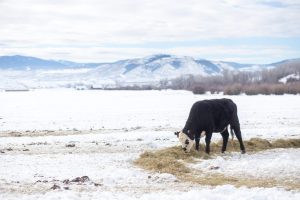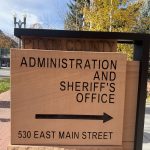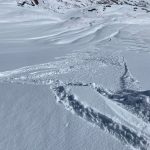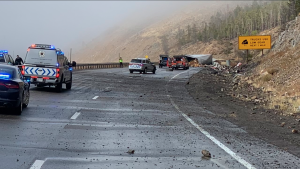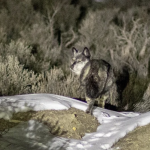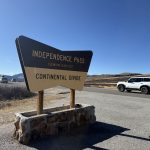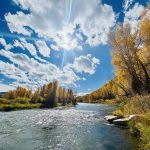Colorado’s avalanche season is here, and humans are already triggering slides in the backcountry
In addition to providing daily forecasts starting Nov. 1, the Colorado Avalanche Information Center crowd sources field reports of avalanches on its website
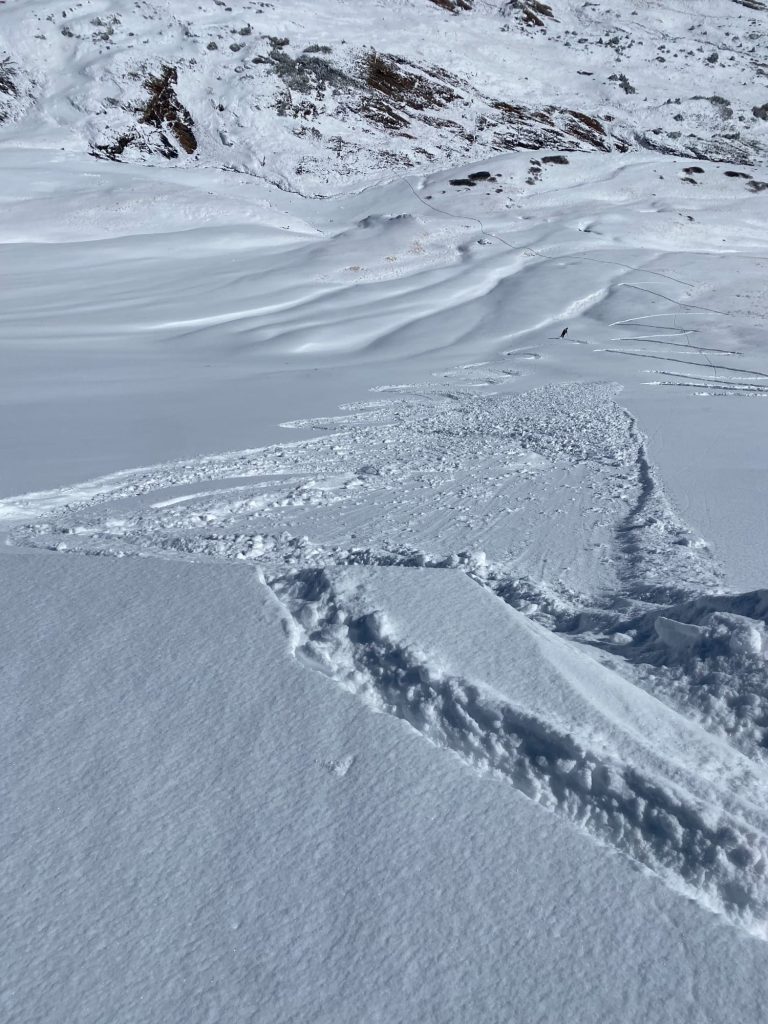
Colorado Avalanche Information Center/Courtesy photo
Colorado’s backcountry skiing season is only just getting started, but humans are already triggering avalanches ahead of available daily forecasts.
Colorado Avalanche Information Center Director Ethan Greene said forecasters are dusting off their transceivers, probes, shovels, and other gear in order to get out in the backcountry to start collecting data. The center’s daily avalanche forecasts begin Nov. 1.
“We’re setting folks up, so they can start forecasting on Saturday,” Greene said. “We’ve been looking at the snow with these storms coming through. We have folks out in the field who are starting to collect data to set us up, so we’re ready to go.”
Every winter, backcountry skiers, snowboarders, and other recreationalists are injured and die as a result of avalanches in Colorado’s backcountry. Last season, at least 108 people — including 85 backcountry skiers and snowboarders as well as snowmobilers, climbers, and workers — were caught in avalanches, according to the CAIC. Of those, 28 people were buried, nine were injured, and three were killed by the avalanches.
Throughout the winter, the state-run avalanche information center provides daily forecasts for Colorado’s mountains. Available at Avalanche.state.co.us, the forecasts use a dynamic map that groups regions with similar conditions and rates the avalanche danger on a scale of 1-5. The forecasts can help recreationalists make informed decisions about the avalanche risks they may encounter in the backcountry.
While it’s early in the season, avalanches are possible anytime there is snow on a steep slope, Greene said. Nearly every fall, eager riders and late-season hikers and hunters are caught off guard by avalanches.
Already this season, there have been reports of avalanches — this includes the first seasonal reports of a human-triggered avalanche — both in the Aspen area and in the Northern San Juan Mountains.
First human-triggered avalanche of the season
CAIC received its first report of a human-triggered avalanche on Oct. 24 from the Aspen area, according to a field report submitted by the skier who triggered the slide.
The skier triggered the small avalanche above treeline on the northeast aspect of Treasury Mountain, where there were about 8 inches of snow, including a melt-freeze layer overlaying a weak faceted layer of snow, the report states. No one was caught, buried, or injured in the avalanche.
“If you are on skis on some of these steep, northerly slopes that have snow on them, there are places now where we do have multiple layers, which is why that particular avalanche was triggered,” Greene said.
While there isn’t currently enough snow to raise serious avalanche concerns in most places, he said there is still enough snow in places that anyone traveling in the backcountry should be conscious of potential slides.
Avalanches this time of year may not be big enough to bury someone, but a slide in the early season could still be dangerous if it swept someone off their feet and into steep or rocky terrain, he said. Similarly, skiers and riders should be cautious because falls can be more consequential in the early season, when there is less snow and more exposed rocks.
“One of the things we do warn people about is just getting injured this time of year,” he said. “If people are skiing, be really cautious because the snowpack is really thin. You don’t want to get too excited and end up with an injury.”
Like any other time of the winter, it is important to check the avalanche and weather forecasts before heading out, Greene said. While the avalanche center won’t begin posting daily forecasts until Saturday, it has been posting periodic updates on avalanche conditions through the early season.
He also recommended that backcountry travelers carry a transceiver, probe, and shovel this time of year, as they would later in the season. The Colorado Search and Rescue Association suggests that anyone heading into the backcountry carry the 10 essentials.
- Navigation — map (for your area) and compass, GPS and extra batteries or charger
- Signaling — whistle, mirror, cell phone, surveyor tape
- Light source (two) — headlamp, flashlight, extra batteries for both
- Nourishment — water and high-energy food for 24-48 hours
- Shelter — waterproof tarp, bivvy sack, parachute cord
- Fire building — waterproof matches or lighter, heat tabs, knife
- Personal aid — First-aid kit with medications, sunscreen, dark glasses, bug repellant
- Weather protection — extra socks, warm gloves, rain gear, hat, bug net
- Winter extras — avalanche transceiver, probe, shovel with metal blade
- Rules to follow — never hike alone, always leave a schedule and trip plan with someone at home, stay on the trail, wait for search and rescue if you become lost
Source: Colorado Search and Rescue Association
The season ahead
As the winter season starts up, Greene said anyone planning to get out in the backcountry and into potential avalanche terrain should start getting out their gear to make sure it is in working order.
“This is a really good time to start practicing with that equipment, so that when there is more snow and more things to do out there, you feel comfortable,” he said. “Working with your touring partners so that you operate as a team is a really good idea.”
Just like avalanche forecasters, backcountry enthusiasts can also start paying attention to where snow is falling and which aspects it’s sticking to, he said, noting that “the snow we get right now could be a future weak layer.”
Throughout the season, backcountry enthusiasts can help crowdsource data on avalanches by filling out field reports on the information center’s website detailing the avalanches that they encounter.
Greene noted that people can also sign up to join “The Snow Pool,” a community of backcountry users who provide feedback about their experiences and suggestions about how to improve avalanche safety communication.
“There is a lot of stuff to get involved with in the backcountry community. Hopefully, people can find a lot of that stuff through us, but there’s also other groups that are doing things,” he said. “There are educational resources whether it’s a local school or a local snowmobile or ski shop. I just encourage people to really reach out to those groups and be an active member.”

